The willow flower, typically associated with various species of the Salix genus, is an often overlooked but ecologically significant part of the willow tree’s lifecycle. Willows are widespread trees and shrubs, predominantly found in the Northern Hemisphere, thriving in a wide range of wetland habitats. Their flowers, while not as showy as those of many other plants, play a crucial role in the reproductive cycle of these trees, which are vital components of many ecosystems.
The environmental niche of the willow flower encompasses its unique reproductive strategies, its relationship with pollinators, its role in supporting biodiversity, and its interactions with both abiotic and biotic factors in its environment. This article will delve into the ecological significance of the willow flower, its adaptations to diverse environmental conditions, and the critical role it plays in wetland and riparian ecosystems.
1. Understanding the Willow and its Floral Characteristics
Willows belong to the Salix genus, which includes about 400 species of deciduous trees and shrubs. They are typically found in temperate and arctic zones and are most commonly associated with wetlands, riverbanks, and other areas where water is abundant. These trees are known for their flexible stems, narrow leaves, and, most importantly, their flowers—called catkins.
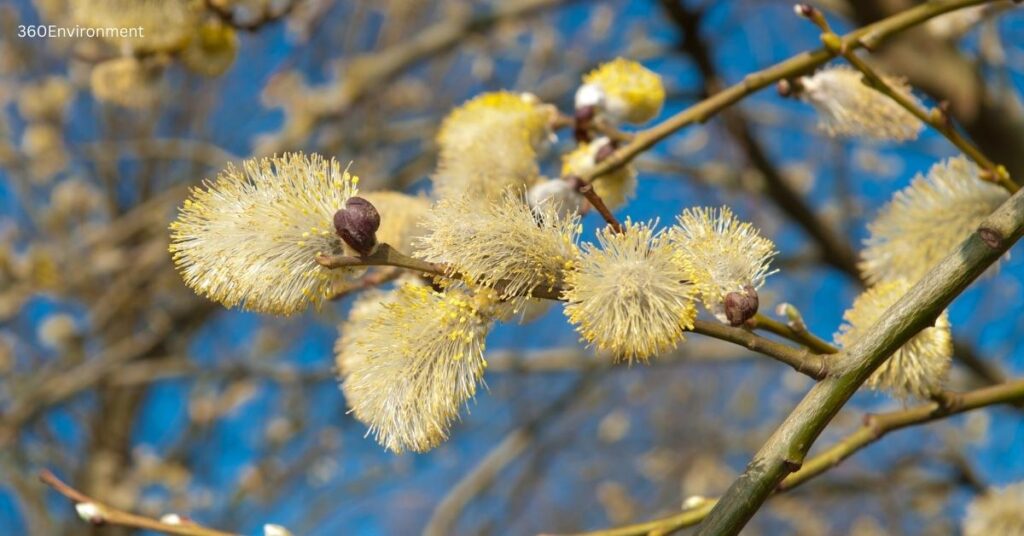
1.1. Floral Morphology and Reproductive Strategies
Willow flowers, or catkins, are elongated clusters of small flowers that are typically wind-pollinated, though some species also attract insect pollinators. Unlike the showy, colorful flowers seen in many other plants, willow flowers are typically small, inconspicuous, and lack petals. The flowers are either male or female, and willows are dioecious, meaning individual trees produce only male or female flowers. This separation of sexes into different plants ensures cross-pollination, which can enhance genetic diversity within willow populations.
- Male flowers produce pollen and are often yellowish-green, while female flowers develop into seed-bearing capsules that release cottony seeds in the wind. This efficient dispersal method allows willows to colonize new areas quickly, particularly in riparian zones where disturbance is frequent.
- Wind-pollination is a key reproductive strategy for many willow species, allowing them to spread their pollen over long distances in open habitats such as wetlands and riverbanks. However, some willow species also rely on insects, such as bees and flies, for pollination, particularly in more sheltered environments where wind is less effective.
1.2. Lifecycle of the Willow Flower
The lifecycle of the willow flower is closely tied to the seasonal patterns of temperate climates. Willows typically flower in early spring, often before their leaves have fully emerged, to take advantage of the limited competition for pollinators and resources. Male catkins release pollen, which is carried by the wind to female flowers. After pollination, female catkins develop seeds, which are surrounded by fine, silky hairs that aid in wind dispersal.
These seeds are particularly well adapted to colonizing new areas, especially disturbed habitats such as newly formed riverbanks or areas cleared by flooding. The rapid germination and growth of willow seeds allow the species to establish quickly and stabilize soils, preventing erosion and providing habitat for other species.
2. The Environmental Niche of Willow Species
To understand the environmental niche of the willow flower, it is essential to look at the broader ecological role of willows as a genus. Willows are key species in many ecosystems, particularly in riparian zones (areas adjacent to rivers and streams), wetlands, and floodplains. Their presence shapes the physical environment, influences nutrient cycles, and supports a diverse array of plant and animal species.
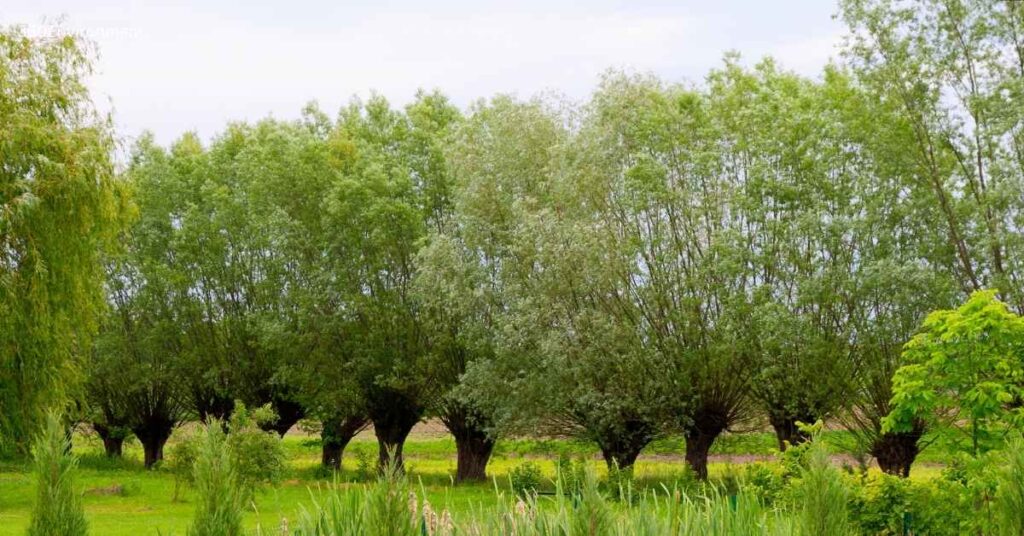
2.1. Habitat Preferences
Willows are strongly associated with moist habitats, including wetlands, marshes, and along the edges of rivers and lakes. They have evolved several adaptations that allow them to thrive in waterlogged soils, where other trees might struggle. These adaptations include:
- Hydrophilic roots: Willow roots are highly tolerant of saturated soils, allowing the trees to thrive in environments where water levels fluctuate frequently. Their extensive root systems also help stabilize banks, reducing erosion and sedimentation in nearby water bodies.
- Rapid growth and colonization: Willows are pioneer species, meaning they are often among the first plants to colonize disturbed habitats. Their fast growth rate allows them to quickly establish dominance in areas such as newly formed riverbanks, floodplains, or landslides.
- Tolerance to disturbance: The ability of willows to resprout from cut or damaged stems makes them highly resilient to environmental disturbances. This trait is particularly important in dynamic environments like floodplains, where erosion and deposition are frequent.
2.2. Climate and Temperature Requirements
Willows are found in a wide range of climates, from temperate to arctic regions. While they are most abundant in temperate zones with moderate rainfall, they are also highly tolerant of cold temperatures and can be found as far north as the Arctic tundra. In these cold environments, willows often grow as low, shrubby plants that are adapted to short growing seasons and extreme weather conditions.
In warmer climates, willows can grow as tall trees, reaching heights of up to 30 meters in ideal conditions. However, they are less common in tropical regions, where their moisture and temperature requirements are not met. The ability of willows to thrive in cold, wet environments gives them a competitive advantage in many parts of the world, particularly in northern and high-altitude ecosystems.
3. Ecological Roles and Interactions of the Willow Flower
The willow flower, though small and relatively inconspicuous, plays a crucial role in the ecology of wetland and riparian ecosystems. Its interactions with pollinators, herbivores, and other plant species help shape the structure and function of these habitats.
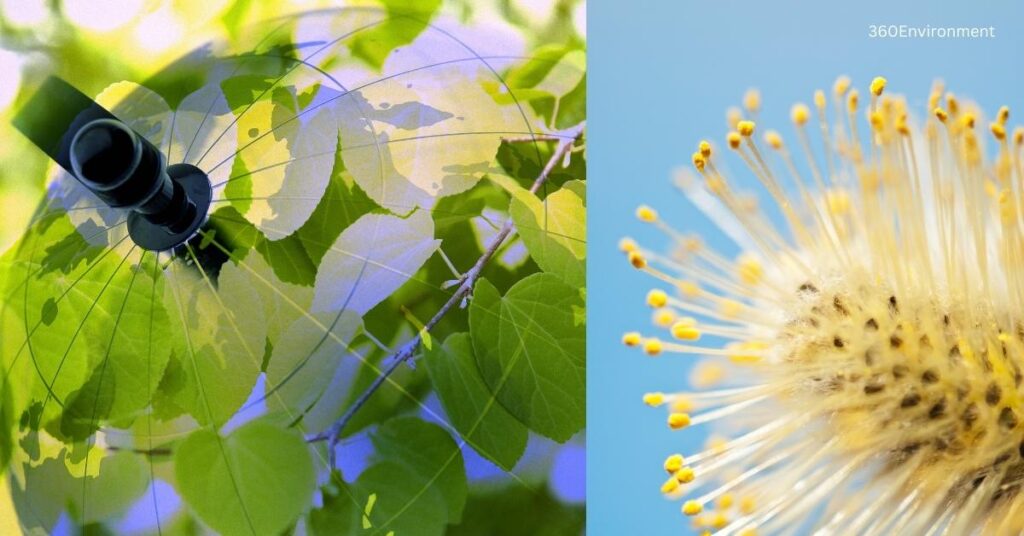
3.1. Pollination and Food for Insects
Willow catkins are an important early-season food source for many insect species, particularly bees and flies. In early spring, when few other plants are in bloom, willows provide abundant pollen and nectar that help sustain pollinator populations. In return, these insects assist in pollination, particularly for those willow species that are less reliant on wind pollination.
- Bees and other pollinators are attracted to male willow catkins, which produce large quantities of pollen. Insects visiting the catkins inadvertently transfer pollen to female flowers, facilitating cross-pollination. This mutualistic relationship supports both the reproductive success of the willow and the survival of pollinators during a critical time of year.
- Herbivory: Many herbivores, including insects, birds, and mammals, feed on willow leaves, flowers, and bark. Willows are particularly attractive to caterpillars and leaf-feeding beetles, which consume large quantities of foliage. While herbivory can reduce the growth of individual plants, it also plays a role in regulating willow populations and maintaining the balance of species within the ecosystem.
3.2. Habitat Creation for Wildlife
Willows are keystone species in many ecosystems, meaning their presence is critical to the survival of a wide range of other species. The structural complexity of willow thickets provides a habitat for numerous birds, mammals, amphibians, and invertebrates.
- Bird species: Many bird species rely on willows for nesting sites and shelter. The dense branches of willow trees and shrubs offer protection from predators, while the abundant insect life supported by willows provides a rich food source. For example, species like the yellow warbler (Setophaga petechia) and the willow flycatcher (Empidonax traillii) are closely associated with willow-dominated habitats.
- Mammals: Larger mammals, such as deer and beavers, also benefit from the presence of willows. Beavers, in particular, are known to feed on willow bark and use willow branches to construct dams and lodges. The relationship between beavers and willows is a classic example of mutualism, as beaver activity can create wetland habitats that support the growth of more willows, as well as other wetland species.
- Invertebrates: The willow flower and its surrounding vegetation support a diverse community of invertebrates, including pollinators, herbivores, and detritivores. These invertebrates, in turn, form the base of the food web, supporting higher trophic levels, including birds, amphibians, and fish.
3.3. Role in Ecosystem Function and Stability
Willows contribute significantly to the function and stability of the ecosystems they inhabit. Their extensive root systems help prevent soil erosion, particularly in riparian zones where water flow can be strong and unpredictable. By stabilizing stream banks and floodplains, willows reduce the risk of landslides and sedimentation in nearby water bodies.
Willows also play a key role in nutrient cycling. As their leaves fall into the water, they decompose and release nutrients that are critical for supporting aquatic food webs. In this way, willows act as a link between terrestrial and aquatic ecosystems, providing energy and nutrients that sustain life in both environments.
4. Human Impacts on Willows and their Environmental Niche
Willows have long been utilized by humans for a variety of purposes, including basket weaving, construction, and medicine. However, human activities can also have negative impacts on willow populations and the ecosystems they support.
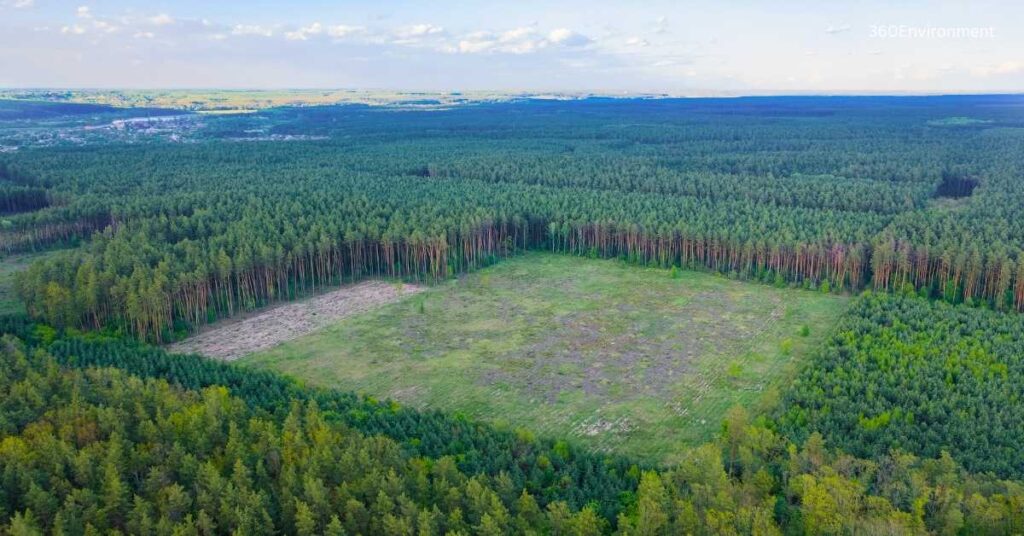
4.1. Habitat Loss and Fragmentation
The expansion of agriculture, urban development, and infrastructure has led to the loss and fragmentation of many wetland and riparian habitats where willows thrive. Draining wetlands for farming or construction destroys not only the willows themselves but also the complex ecosystems that depend on them.
Habitat fragmentation, where large, continuous habitats are broken into smaller, isolated patches, can reduce genetic diversity in willow populations and make it more difficult for species to disperse and colonize new areas. This can have long-term effects on the resilience of willow-dominated ecosystems.
4.2. Water Management and Pollution
Willows are highly dependent on water, and changes to the hydrology of rivers and wetlands can have significant impacts on their survival. Dams, water diversions, and irrigation projects can alter the flow of water to riparian areas, reducing the availability of moisture for willows and other wetland species.
Pollution, particularly from agricultural runoff and industrial activities, can degrade the water quality in willow habitats. Excess nutrients, such as nitrogen and phosphorus, can lead to eutrophication, which reduces oxygen levels in the water and negatively affects both aquatic and terrestrial species.
4.3. Climate Change and Shifts in Distribution
Climate change poses a significant threat to willows, particularly in the northern and high-altitude regions where they are most abundant. Rising temperatures, changes in precipitation patterns, and more frequent extreme weather events, such as floods and droughts, can alter the hydrology of willow habitats and affect their ability to survive and reproduce.
In some areas, climate change may shift the distribution of willows, with species moving northward or to higher elevations as temperatures rise. However, these changes can also lead to increased competition with other plant species, as well as shifts in the timing of flowering and pollination that could disrupt the reproductive success of willows.
5. Conservation and Restoration of Willow Habitats
Recognizing the ecological importance of willows and their role in supporting biodiversity, many conservation efforts are focused on protecting and restoring willow-dominated habitats.
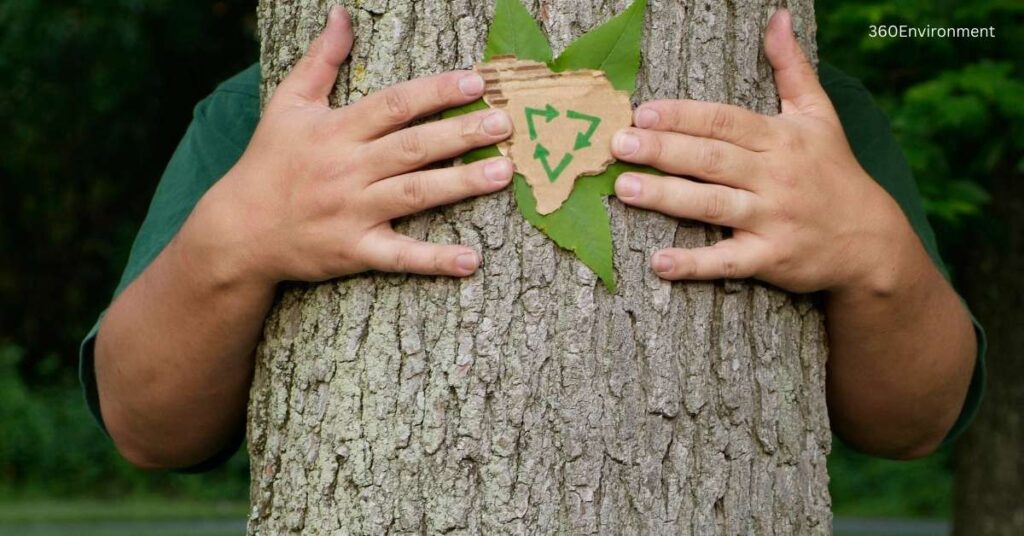
5.1. Riparian Buffer Zones
One of the most effective conservation strategies for protecting willow habitats is the establishment of riparian buffer zones. These buffer zones consist of strips of vegetation along the banks of rivers and streams that help filter pollutants, stabilize soil, and provide habitat for wildlife. By planting willows and other native species in these areas, landowners can reduce erosion, improve water quality, and enhance the ecological health of the stream or river.
5.2. Wetland Restoration Projects
Wetland restoration projects aim to restore the natural hydrology and vegetation of degraded wetland habitats, including those dominated by willows. These projects often involve removing barriers to water flow, such as dams or levees, and replanting native vegetation, including willows, to restore the ecosystem’s natural functions.
In some cases, restoration efforts may also include the reintroduction of native species, such as beavers or amphibians, that play critical roles in maintaining the health of willow-dominated ecosystems.
5.3. Climate Change Adaptation
Conservation efforts must also consider the impacts of climate change on willow habitats. Strategies for adapting to climate change may include protecting areas that are likely to serve as climate refugia—places where willows and other species can survive as temperatures rise—and ensuring that willow populations have the genetic diversity necessary to adapt to changing environmental conditions.
Conclusion
The willow flower, though small and inconspicuous, plays a vital role in the ecology of riparian and wetland ecosystems. Its interactions with pollinators, herbivores, and other plants help maintain biodiversity and ecosystem stability. Willows themselves are key species in many environments, contributing to soil stabilization, nutrient cycling, and the creation of habitat for a wide range of species.
However, the survival of willows and the ecosystems they support is increasingly threatened by human activities, including habitat destruction, pollution, and climate change. Conservation and restoration efforts are essential for protecting these vital ecosystems and ensuring that willows continue to thrive in the face of these challenges. By understanding the environmental niche of the willow flower and its broader ecological role, we can take steps to preserve this important part of our natural heritage for future generations.
Read More: Surfinia: Understanding the Environmental Niche of a Popular Ornamental Plant

